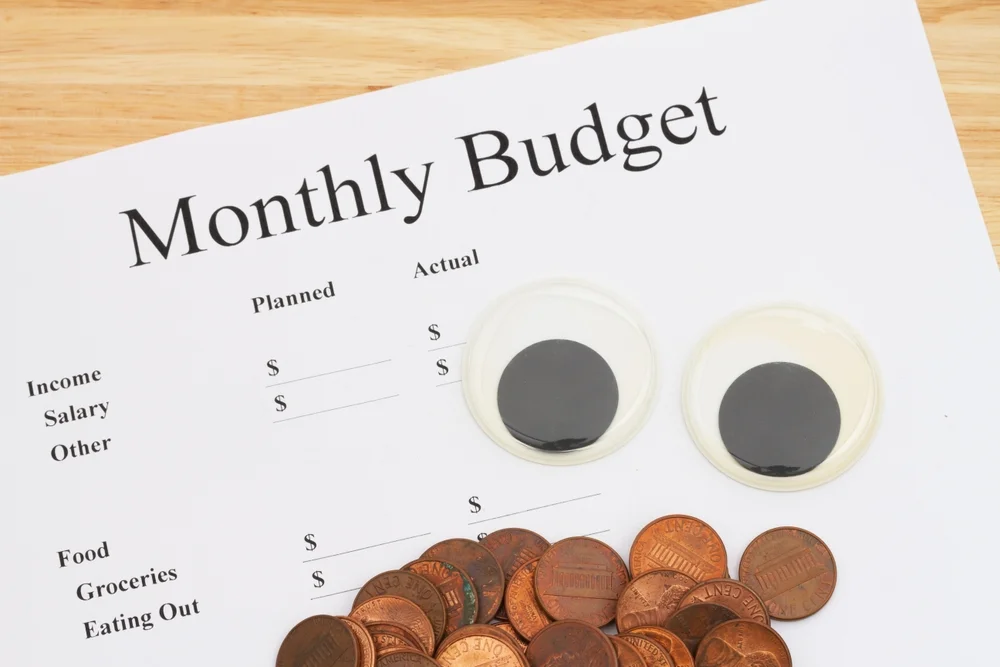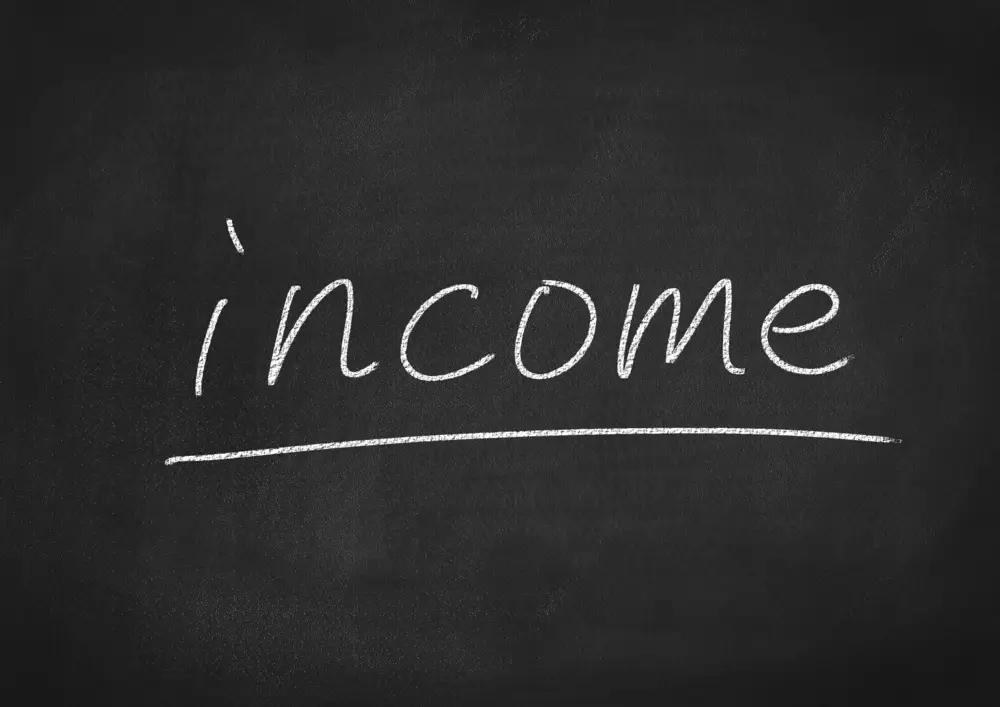50/30/20 Budget Template: A Simple Guide to Financial Success
The simplicity and efficiency of the 50/30/20 budget template have helped it to become somewhat well-known This kind of budgeting separates after-tax income into three groups: needs, wants, and savings or debt payback. It offers a well-rounded approach to financial planning, which facilitates continuous savings, better control of spending, and accomplishment of financial goals. The specifics of this approach will be discussed in this paper together with useful advice to enable you to apply it effectively.
Understanding the 50/30/20 Rule
What is the 50/30/20 Rule?
A budgeting tool meant to simplify money management is the 50/30/20 rule. Dividing your after-tax income as follows is part of:
- Needs call for 50% of the budget for electricity, groceries, housing, and insurance.
- For Wants: Non-essential expenditures like vacations, dining out, and entertainment.
- 20% for Debt Repayment and Savings: Contributions to debt cancellation and savings accounts.
Origins and Principles of This Budgeting Approach
Senator Elizabeth Warren and her daughter Amelia Warren Tyagi helped to publicize the concept in their book “All Your Worth: The Ultimate Lifetime Money Plan.” Its ideas stress balance and prioritizing such that basic necessities are satisfied and flexibility for discretionary spending and financial development is given.

Benefits of the 50/30/20 Rule
- Simplicity and Ease of Implementation: Anyone, regardless of financial knowledge, can easily apply the 50/30/20 rule thanks to its unambiguous structure. It focuses on useful categories and simplifies difficult computations.
- Flexibility for Different Income Levels and Financial Goals: This approach fits quite well at several income levels. Whether your situation calls for a student, professional, or retiree, you can modify the percentages to fit.
How to Create a 50/30/20 Budget Template
Step 1: Calculate Your After-Tax Income
- Understanding Gross vs. Net Income: While net income is what you take home, gross income is your whole earnings before taxes and deductions. Budget with your net income.
- How to Include Side Hustle or Freelance Earnings: Calculate your average monthly salary over the past six months to project variable income. List all dependable sources of income.
Step 2: Allocate 50% to Needs
Definition of “Needs” in the Budget
Needs are non-negotiable everyday expenses paid for. They cover accommodation, food, medicine, and travel.
Examples of Needs
- Payments on a mortgage or rent
- Utility costs
- Foods
- Premium rates for health insurance
Step 3: Allocate 30% to Wants
Definition of “Wants” in the Budget
Wants are optional expenses meant to improve your way of life but not absolutely necessary.
Examples of Wants
- Streaming subscriptions
- Eating in restaurants Concert tickets
- weekend vacations
Step 4: Allocate 20% to Savings and Debt Repayment
- Importance of Prioritizing Savings: Regular savings help you to create financial stability and equip you for future objectives or crisis.
- Balancing Debt Repayment with Future Financial Goals: Pay off high-interest debt first, then start building savings. This harmony promotes stability and reduces financial worry.
Practical Examples of the 50/30/20 Budget Template
Single Professional
- Income: $4,000 every month.
- 50% needs: $2,000 for groceries, utilities, and rent.
- Wants (30%): $1,200 for travel and amusement
- Savings and Debt Repayment (20%) $800 for credit card payments and savings
Family of Four
- Monthly income is $6,000.
- Needs (50%) include utilities, childcare, and a mortgage totaling $3,000.
- Wants (30%): $1,800 for hobbies and family trips
- Savings and Debt Repayment: $1,200 for school debt and emergency money.
Freelance Worker
- Income: $5,000 monthly (average).
- Needs: $2,500 for basics, 50%
- Wants (30%): $1,500 for personal hobbies
- Credit and Debt: Savings Repayment: $1,000 for debt and retirement.

Tips for Sticking to the 50/30/20 Budget
Use Budgeting Tools and Apps
- Recommendations for Apps Like Mint and YNAB: Budgeting apps track automatically and offer analysis of expenditure trends. Great tools for handling the 50/30/20 guideline are Mint and YNAB.
- How to Automate Budget Tracking: Create straight transfers for savings and use apps to automatically classify spending. This guarantees consistency and lowers hand work.
Regularly Review and Adjust Your Budget
- Importance of Revisiting the Budget for Accuracy: Moving or a new job could influence your budget in life. Frequent reviews guarantee that your allocations still make sense.
- Adjusting Percentages for Changing Financial Situations: Should house prices rise, momentarily change the percentages to keep everything in balance. Turn around after everything have settled.
Avoid Common Budgeting Mistakes
- Overestimating “Needs”: Regarding what is a need, be reasonable. Sort your non-essential from essential spending.
- Neglecting to Build an Emergency Fund: Add emergency funds to your 20% allotment to cover unanticipated costs without straying from your budget.
Advantages and Disadvantages of the 50/30/20 Budget Rule
Pros
- Simple and easy to apply
- promotes sensible financial behavior.
- flexible enough to fit several income levels
Cons
- Might not be appropriate in cases of significant debt.
- calls for disciplined tracking and corrections.
Customizing the 50/30/20 Budget Template
When to Modify the Percentages
Adjusting for High Rent or Specific Financial Goals
If rent takes more than half of your income, temporarily change other categories to meet this need.
Incorporating Unique Financial Circumstances
- Combining the Rule with Other Budgeting Methods: For a more thorough method mix zero-based budgeting with the 50/30/20 rule.
- Adapting for Retirement Savings or Investment Priorities: If you are saving for retirement or making major investments, up the percentage.

Printable and Digital 50/30/20 Budget Templates
Where to Find Free Templates
For free downloading choices, go through tools including Excel templates or budgeting websites.
Creating Your Own Template
Steps to Design a Personalized 50/30/20 Budget
Create a personal template using spreadsheet tools. Add codes to automatically compute percentages.
Case Studies: Success Stories Using the 50/30/20 Budget Rule
- Paying Off Debt: By regularly devoting 20% of their income to pay off credit card debt, one cleared $15,000.
- Building an Emergency Fund: Following the 50/30/20 guideline and minimizing discretionary expenditure allowed a family to save $10,000 in two years.
- Planning for Early Retirement: A couple cut wants to 20% and allocate more savings to 30%, so attaining early retirement.
Conclusion
The 50/30/20 budget form is a simple and efficient means of financial management. Separating income into needs, wants, and savings will help you to reach financial stability and forward your goals. Start simple and change as necessary to include this approach into your financial path sustainably.
FAQs
- What expenses count as “needs” in the 50/30/20 rule? Under “needs,” basics including utilities, food, and housing fall.
- Can I use the 50/30/20 rule with irregular income? Indeed, apply the rule practically using average income computations.
- What tools can help me track my budget effectively? For tracking and automating your budget, apps like Mint and YNAB are quite good.
- Is the 50/30/20 rule suitable for low-income earners? Changing percentages will help you to fit lesser incomes.
- How do I adjust the rule for high debt or savings goals? Temporarily reallocate the savings to give debt reduction or particular financial goals first priority.



